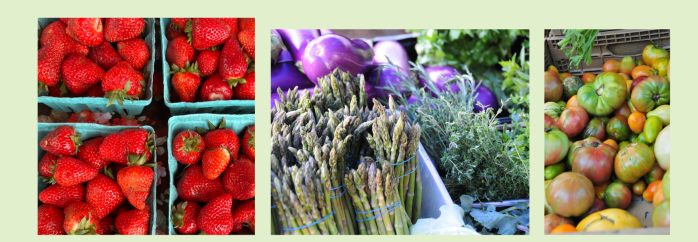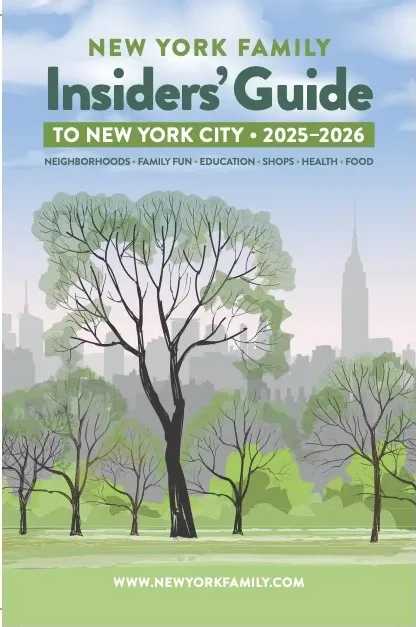Real wine lovers take delight in well made, unpretentious wines, and so many of my friends in the wine business love the wines of Côtes du Rhône. This large, widely diverse appellation stretches 125 miles, from the slopes of Côte Rotie in the north, near the culinary Mecca of Vienne, to Chateauneuf-du-Pape, south of the walled city of Avignon. It encompasses 170,000 acres of vineyards and produces 14% of all the wine made in France. Most of these wines are red, with about 5% of the total production white and 8% rosé. These whites and rosés are dry, delicious and well worth seeking out. There are many famous and often expensive wines made here: the legendary Condrieu and Château Grillet in the north are considered the finest expressions on the white Viognier grape, redolent of ripe white summer peaches. Côte Rotie, the “roasted slope” faces South, and its steep hillsides, planted in Syrah, gives us red wines of great power and depth. Hermitage and Crozes Hermitage, also made from 100% syrah, were famous for their quality long before the time of the Crusades. St. Joseph, Gigondas and Vacqueyras are wines that are meant to be drunk with rich and hearty foods like roasted meats and stews, and Chateauneuf-du-Pape, made from a blend of as many as thirteen grapes, is a wonderful wine to enjoy with grilled steaks and roasted lamb. The real values, and oftentimes bargains, to be had here are the wines labeled Côtes du Rhône and Côtes du Rhône Villages. These can vary in style according to the terroir of the vineyard and the intent of the wine maker to interpret the character of the vintage: they may be fresh and fruity, rich and satisfying or smoky, mysterious and brooding. Well known wine houses often use this broad appellation as a way to use up their excess grapes, the declassified grapes from overproduction of their more costly wines. A few small, iconoclastic wine makers here may age their better vintages for as many as ten years before putting them on the market, allowing wine lovers to find well made, mature wine at remarkably reasonable prices. Since there are 10,000 producers making wines under this name, the variation in styles can be immense… so it’s wise to deal with a wine merchant who actually tastes the wines that are available, and doesn’t merely buy the most well known labels or the cheapest bottles. Over 300 million bottles of Côtes du Rhône are made in an average year. Côtes du Rhône is the broadest appellation, and wines thus labeled can be made from anywhere in the entire appellation, from Vienne to Pertuis. Most of these are wines that are meant to be drunk within a few years of the harvest. One step up (generally… there are always a few exceptions) is Côtes du Rhône Villages. Wines with this on the label must come from the 16 villages specified for this appellation. These are considered better sites for grape growing, producing grapes with more character and better flavor. Blends are allowed, but every single grape must come from one of the villages if the wine is to be called Côtes du Rhône Villages. Most often, the name of the village appears on the label, and these are, alphabetically: Beaumes-de-Venise (also known for their dessert wines, made from the fragrant Muscat grape), Cairanne (some real individualists making wine here from old vines), Chusclan (terrific rosés made here), Laudun, Rasteau (boldly flavored), Roaix (shows well with 3–4 years of ageing), Rochegude, Sablet (lighter reds), St. Gervais, St. Maurice-sur-Eygues, St. Panteléon-les Vignes, Rousset-les-Vignes, Séguret (age this one for 4–7 years), Valréas, Vinsobres and Visan. I love the versatility of these wines. These are wines to simply open and enjoy. They are almost chameleon-like in that they pair well with so many foods, making them favorites in the bistros and brasseries of Paris… and New York! With summer here, I often pour Côtes du Rhônes when we grill our dinner outdoors. Everything from burgers, sausages, steaks and chicken will taste better with a glass of Côtes du Rhône, and you can even chill it on a hot day.
























